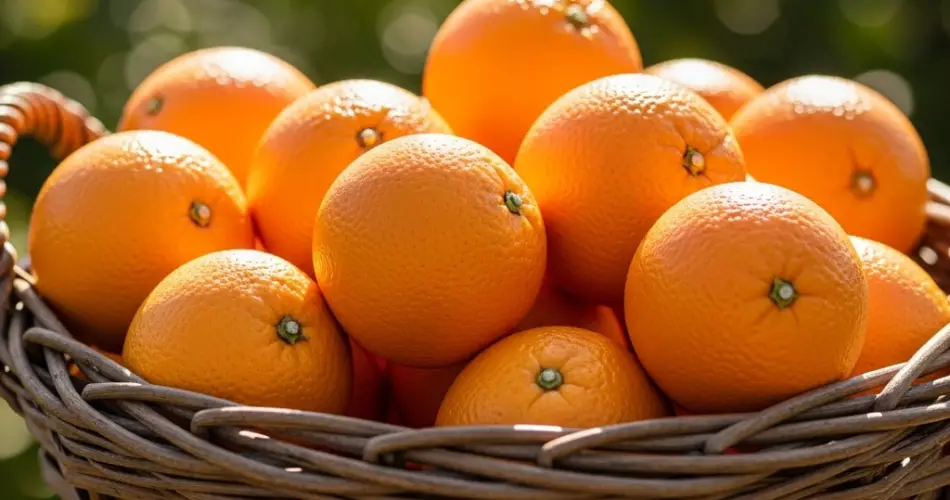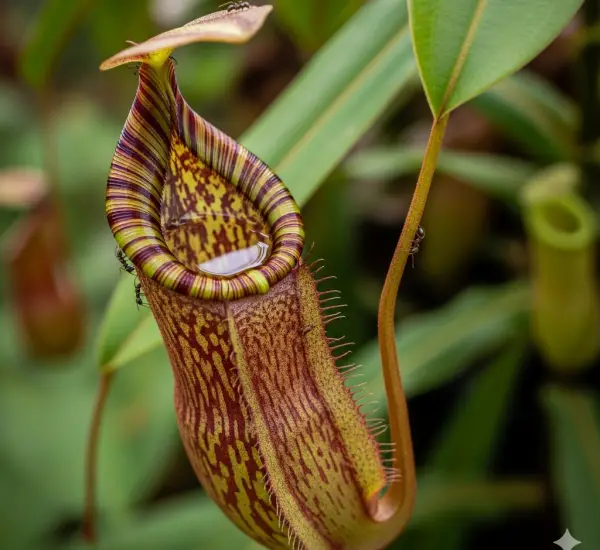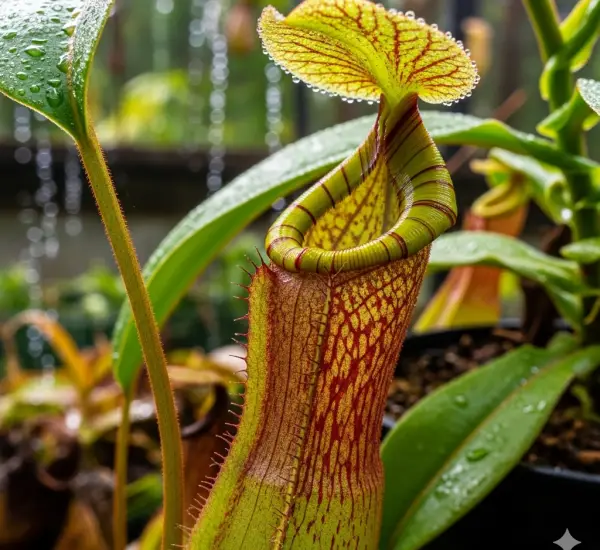Oranges are typically associated with warm, sunny climates, but that doesn’t mean gardeners in cooler regions have to miss out on growing their own sweet, juicy fruit. With the right strategies, it’s entirely possible to grow healthy orange trees in colder environments. Whether you live in a region with frosty winters or just want to extend your growing season, understanding the needs of orange trees and how to protect them is key to success.
Here’s everything you need to know about growing oranges in cold climates—covering tree selection, care, protection methods, and more.
1. Choose the Right Variety for Cold Regions
Not all orange trees tolerate cold temperatures well. Selecting a cold-hardy variety is the first and most important step for successful cultivation in cooler areas.
Best orange varieties for colder climates include:
-
‘Washington Navel’ – One of the most cold-tolerant sweet oranges, ideal for eating fresh.
-
‘Hamlin’ – A cold-hardy, seedless variety with good juice content.
-
‘Moro’ (Blood Orange) – Tolerates short periods of cold and produces richly flavored fruit.
-
‘Satsuma’ (technically a mandarin) – Extremely cold-tolerant and often used in cold-climate citrus growing.
Choose dwarf or semi-dwarf rootstock if you plan to grow oranges in containers, which is often more manageable in colder zones.
2. Consider Container Growing
One of the best ways to grow oranges in a cold climate is by planting them in large containers. This method allows you to move the tree indoors or into a protected greenhouse during freezing weather.
Container growing tips:
-
Use a 15- to 25-gallon pot with good drainage.
-
Choose a lightweight potting mix formulated for citrus or other well-draining soil blends.
-
Make sure the container is easy to move—place it on a rolling plant stand or dolly.
-
Keep the tree outdoors during the warm months, then bring it indoors before nighttime temperatures drop below 40°F (4°C).
Place your container tree near a sunny, south-facing window indoors or under grow lights if needed.
3. Provide Maximum Sunlight
Orange trees need plenty of sunlight to thrive, especially in cooler climates where sun exposure may be limited during fall and winter.
-
Aim for at least 6 to 8 hours of full sun daily.
-
Position outdoor trees in the sunniest, warmest area of your yard—south-facing walls or patios are ideal.
-
Indoors, supplement with grow lights during the darkest months to ensure the tree continues to produce healthy foliage and fruit.
A sun-deprived orange tree may survive but won’t bear much, if any, fruit.
4. Protect from Frost and Freezing Temperatures
Frost is the biggest challenge when growing oranges in cold regions. While some varieties can tolerate light frost, prolonged exposure can damage or kill the tree.
Cold protection techniques:
-
Bring container trees indoors before temperatures drop below 40°F (4°C).
-
For in-ground trees, wrap trunks with burlap or frost cloth, and cover the canopy with plant blankets or row covers during cold snaps.
-
Use mulch around the base to insulate roots—apply 3–4 inches of straw, bark, or leaves.
-
Set up outdoor-safe heat lamps or string Christmas lights around the tree for added warmth during freezing nights.
Be especially vigilant during late spring or early fall frosts when new growth is vulnerable.
5. Manage Watering and Fertilizing
Cold climate growing requires careful attention to watering, especially for indoor or container trees.
-
Reduce watering in winter, when growth slows and the tree needs less moisture. Overwatering in cold conditions can cause root rot.
-
Keep the soil slightly moist, not soggy, and ensure good drainage.
-
Feed with a citrus-specific fertilizer in spring and summer, tapering off as fall approaches. Avoid fertilizing during winter dormancy.
Balanced nutrition and careful moisture management are essential for cold-climate citrus health.
6. Pollination and Fruiting Indoors
If you’re growing oranges indoors or in a greenhouse, you may need to assist with pollination.
-
Many orange trees are self-pollinating, but hand-pollination increases fruit set.
-
Use a soft paintbrush or cotton swab to transfer pollen from one blossom to another.
-
Provide consistent warmth and light to encourage fruit development.
Keep in mind that citrus trees grown indoors often take longer to set fruit, so patience is key.
7. Prune and Shape for Health and Manageability
Regular pruning helps your orange tree stay compact, healthy, and productive.
-
Remove dead or weak branches and shape the tree to allow airflow and light penetration.
-
For container trees, prune to maintain a manageable size, especially if space indoors is limited.
-
Avoid heavy pruning in late fall or winter—wait until early spring when the tree is actively growing again.
Proper pruning improves overall tree vigor and supports better fruit yields.
Final Thoughts
Growing oranges in cold climates may require extra effort, but the reward of homegrown citrus is well worth it. With the right variety, a sunny location, and smart cold protection strategies, you can enjoy the beauty and bounty of orange trees even in regions with winter frost. Whether grown in containers or sheltered garden beds, your orange tree can provide fresh, flavorful fruit and bring a touch of the tropics to your own backyard—no matter the temperature outside.



